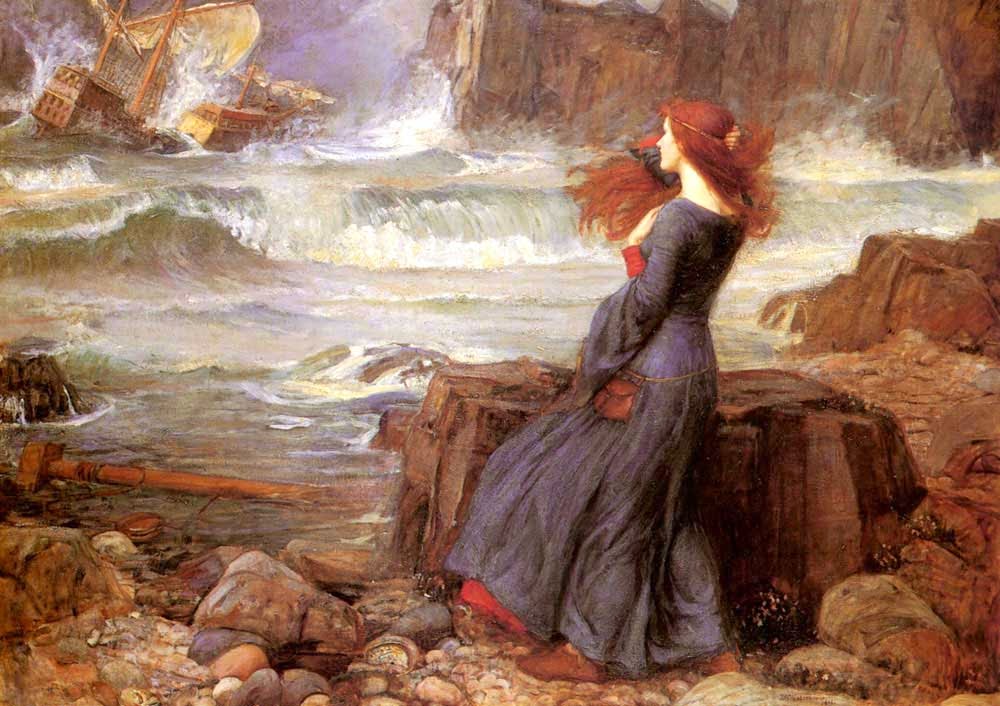[A] nexus of fields within which scholars use computing technologies to investigate the kinds of questions that are traditional to the humanities, or, ask traditional kinds of humanities-oriented questions about computing technologies.
I ask my students to consider a selection of illustrations as “non-verbal” interpretations of Shakespeare’s play and I focus my attention on the character Ariel. I use an archive of images from Shakespeare Illustrated, a website maintained by Harry Rusche at Emory University.
I ask students to explain the interpretation that the artist is making, and evaluate it based on textual evidence that they find in Shakespeare. This exercise was inspired by Virginia’s Tufte’s essay, “Visualizing Paradise Lost: Classroom Use of Illustrations by Medina, Blake, and Doré,” from which I draw heavily. She argues, and I agree, that asking students to consider illustrations as a type of interpretation of the text encourages students to return to the text in order to close read passages. The list of questions that I include below comes from her essay, but is adapted to Shakespeare’s play instead of Milton’s epic:
- Identify the characters, actions, and scenes: What specific lines of Shakespeare’s text does the artist appear to be illustrating? Is the illustration accurate in relation to Shakespeare’s text? Is it clearly dependent on some source other than Shakespeare? In choosing these characters, this action, this scene, what is the illustrator suggesting about them? Does the illustration indicate their relative importance? Does the illustrator ignore certain episodes usually deemed crucial?
- Examine the methods of the illustrators: does the illustrator focus on one key, dramatic exchange or does he attempt to epitomize the narrative sense of the whole scene, act, or play? Does the illustrator have a command of scale? Is concern with landscape important in the illustration? Is it a central concern?
- Explain how the illustrations interpret the text: Are symbolic meanings attached to the literal? How do you know—because the figures reference, perhaps, iconography that you recognize? Does the illustration suggest the character’s states of mind, interior experience as well as exterior? Can you state some kind of thesis concerning the illustration: what kind of messages or meanings in The Tempest is this illustrator emphasizing? What kind of comments on, or criticisms of, The Tempest is this illustrator making? How would you evaluate the artist’s interpretation according to your own reading of the play?

 RSS Feed
RSS Feed